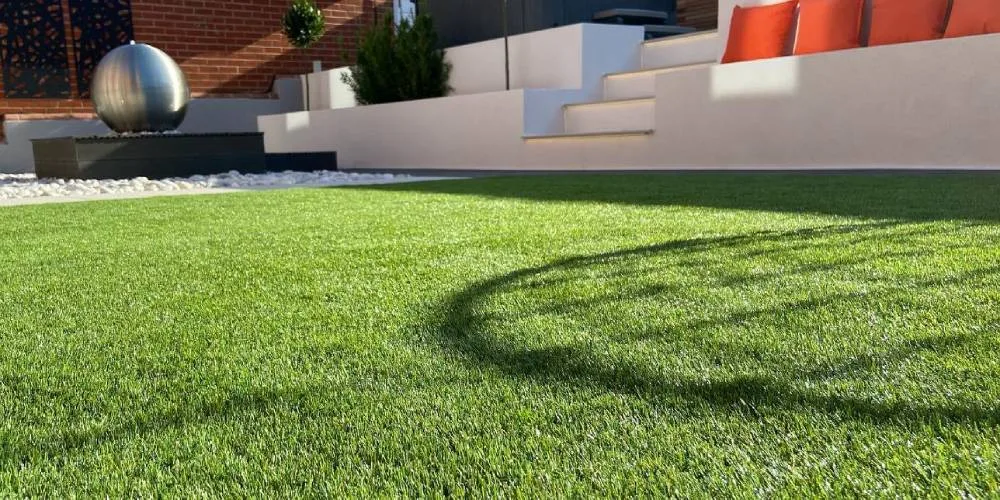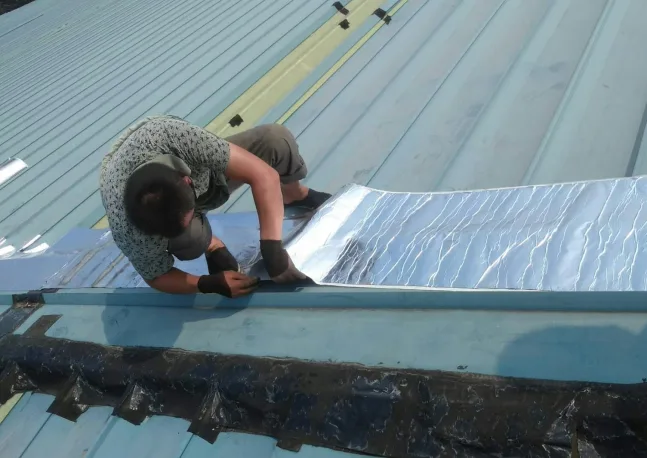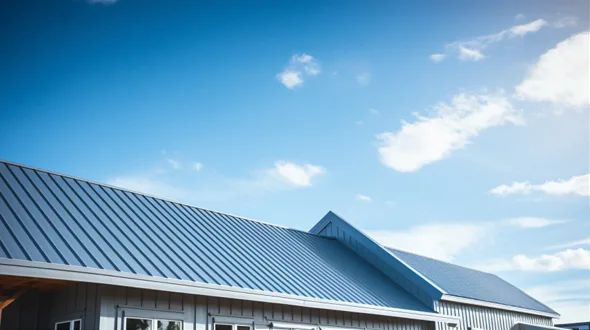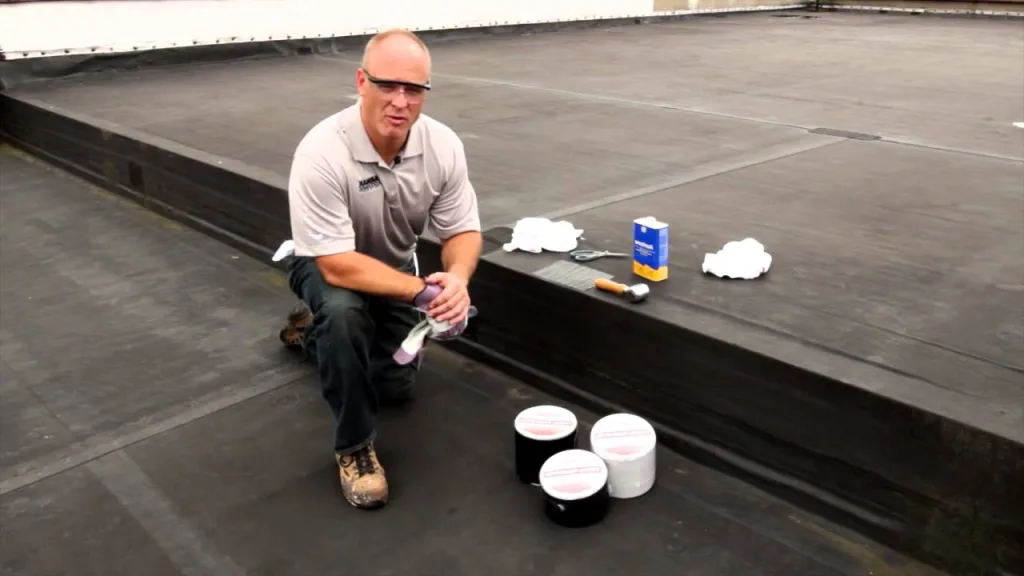Have you ever found yourself staring at various types of masking tape, unsure which one will deliver the crisp, clean lines you crave for your painting project? Selecting the right masking tape can make or break your results, especially when it comes to ensuring a sharp finish and protecting your surfaces. This article will guide you through the intricacies of masking tape selection, helping you choose the ideal product for your specific needs in different settings, from industrial applications to home projects.
Tapes for the Industrial Coatings
Performance Masking Tapes
What do boats, cars, planes, construction equipment, heavy machinery, and outdoor structures have in common? All have been treated with industrial coatings to make them attractive and protect them from corrosion, wear, and tear. Original equipment manufacturers (OEMs) rely on protective polymers to maintain the appearance and functionality of their products, but equally important are the various tapes used to mask, bind, and protect during fabrication and finishing.
Smooth, conformable performance masking tapes are engineered to adhere to multiple industrial surfaces, including metal, rubber, plastic, and fiberglass. They’re built to withstand challenges like prolonged UV exposure and high-temperature bake cycles. If you’re looking to achieve clean lines and professional results in demanding environments such as marine, automotive, or industrial coatings, these performance masking tapes are a solid choice.
Duct Tape
Duct tape has a reputation for being the handyman’s best friend, but in the industrial coatings setting, it serves more than just quick fixes. It does a great job of attaching poly sheeting to uneven surfaces like brick. However, not all duct tapes are created equal. For extreme industrial environments, opt for co-extruded duct tape. This variant boasts a stronger bond and improved resistance to aging and harsh conditions, providing the durability needed on job sites.
Masking Tape
General-purpose masking tapes are often helpful for various tasks like labeling and bundling cables, but they fall short for demanding industrial applications. For rigorous environments, choose performance-quality masking tape. These tapes can handle the rigors of industrial coatings and deliver the sharp edges you require for any painting job.
Electrical Tape
While you may be familiar with black electrical tape, it’s worth noting that it comes in a variety of colors and grades. Electricians use color-coded tapes to communicate information quickly, such as wire voltage and phase status. In terms of durability, electrical tape can be either monomeric or polymeric. Polymerics are more robust and provide better corrosion protection, making them ideal for professional applications.
What Are the Differences in Tapes and Crepes Paper Backing?
Choosing the best masking tape for your project can feel overwhelming, but understanding the paper backing differences can simplify your decision-making process. Both the task at hand and the tape’s properties should guide your selection.
Tape Performance Lies in the Details
One of the critical aspects to consider when evaluating masking tape is the shape and contour of the surfaces involved. Precise lines are easier to achieve on flat surfaces compared to curves. Performance masking tapes are designed to create a solid seal against the substrate, preventing paint seepage. Failure to ensure full contact—due to air bubbles or creases—can lead to costly rework.
Masking Tape Paper Backing
Here’s a closer look at the two primary types of paper backings found in masking tape:
Standard Crepe Paper Backing
This heavier backing is typically used in general-purpose masking tapes. Slightly thicker and less conformable, standard crepe paper is suited for masking straight surfaces or for tasks like bundling cables. However, it’s not ideal for applications involving uneven surfaces.
Fine Structured Crepe Paper Backing
When working on curved or rigid surfaces, opt for performance masking tapes with fine structured crepe (FSC) backing. These tapes are designed for high conformability, allowing them to adapt to curves without creating wrinkles that lead to paint bleeding. FSC tapes are also more resistant to tearing, making them excellent for complex masking applications like automotive or marine projects.
Why Don’t All Masking Tapes Remove Cleanly?
Masking tape serves a variety of purposes, such as painting, labeling, or temporary repairs. Each job presents specific demands requiring different tape characteristics. Generally, paint masking tape is designed for clean removal, leaving behind no residue. In contrast, general-purpose masking tapes often feature a stronger adhesive, leading to a higher risk of leftover adhesive or damage upon removal.
The key factors influencing the performance of masking tape are its adhesive properties. Before starting your project, ensure you select a masking tape that fits the needs of your specific application; otherwise, you may face the frustration of clean-up later.
Related Articles: Mastering paint job with masking tape.
Using Painter’s Tape on Wood Floor
Can you use painter’s tape on wood flooring? Yes, but caution is warranted. Choose a tape designed for delicate surfaces to prevent damage to your finished wood floors. These tapes typically utilize lower-tack adhesives that safely remove without leaving residue.
Temporary flooring tapes are available, holding up against foot traffic and environmental exposure. They offer a clean release, making them ideal for covering a variety of surfaces during longer projects, such as securing protective coverings. Always test the tape in an inconspicuous area before applying it widely to ensure compatibility with your floor’s finish.
Conclusion
In summary, selecting the right masking tape for your painting jobs is essential for achieving that clean, professional finish. Factors such as the type of project, surface contours, and adhesive properties all play a crucial role in your decision. Don’t settle for less when it comes to your work. At Fonitaniya Tape, our quality masking tape ensures that you deliver outstanding results every time.
FAQs
What types of masking tape are best for painting?
Painter’s tape is designed specifically for achieving clean edges and easy removal without damage.
Can I use masking tape on delicate surfaces?
Yes, but ensure you select masking tape formulated for delicate surfaces to avoid causing damage.
What is the difference between painter’s tape and masking tape?
Painter’s tape is made for clean removal and sharp lines, while masking tape is designed for general use.
Why do some masking tapes leave residue?
Tapes with stronger adhesives often leave sticky residue when removed, especially if left on surfaces for too long.
How long can I leave masking tape on?
Most masking tapes can stay applied for several hours to days, but consult the manufacturer’s guidelines for specific products.
What factors affect masking tape performance?
Adhesive quality, paper backing type, and surface conditions all influence how well a masking tape performs.
Is painter’s tape better for indoor projects?
Yes, painter’s tape is ideal for indoor surfaces, ensuring clean lines and easy removal without damage.




